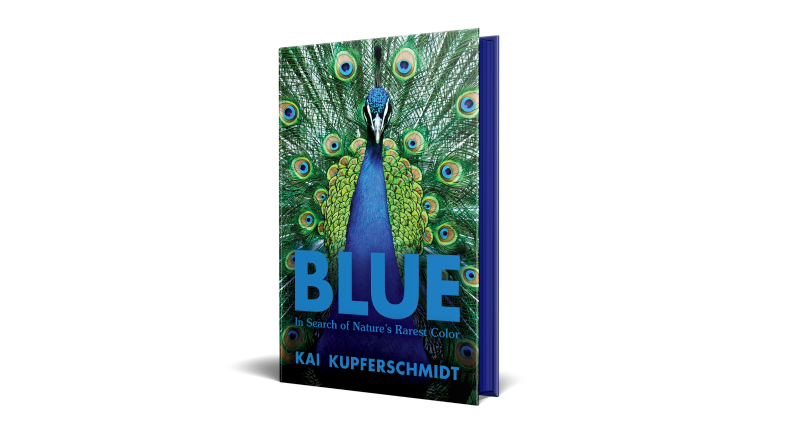Crimson on red alert
-
- from Shaastra :: vol 04 issue 06 :: Jul 2025

It’s not an insect that produces lac, but a fungus that lives in harmony within it.
Scientists have long thought that lac, a red resinous pigment cultivated by farmers in India and neighbouring countries for centuries, was secreted by an insect. But a team of researchers from the Bengaluru-based Indian Institute of Science (IISc) has now discovered that the true source of this prized crimson pigment, used in textiles, food, and traditional arts, is a fungus. A yeast-like symbiont (YLS) that lives in harmony in the lac insect harbours the genes that express key nutrients (including amino acids) required for the synthesis of the pigment.
The IISc team, led by Shantanu Shukla, Assistant Professor in the Developmental Biology and Genetics department, which sequenced the genomes of the insect – Kerria lacca – and two microbe symbionts, found that pigments responsible for the deep red colour and their precursors were not in the insect or one of the symbionts, the bacterium Wolbachia, but present in the YLS (bit.ly/lac-shukla).
The insect likely relies on the fungus for nutrients missing from its diet — a dependence shaped over millions of years of evolution.
The lac insect grows on trees such as ber, palash, and kusum. It drinks their sugary sap and secretes a resin called shellac. It also produces a bright red compound called laccaic acid, which is used to make the pigment. How the insect produced laccaic acid was a mystery. "The pathway for the pigment production was not very clear," Shukla says.
One of the key ingredients required for laccaic acid synthesis is an amino acid called tyrosine, which the insect cannot make on its own or source from the tree sap. Such missing ingredients are usually supplied by symbiotic bacteria or fungi that live inside insect bodies and secrete these molecules in exchange for housing. The scientists who mapped the genomes of the insect and its symbionts found that tyrosine and other components required for the pigment-signalling pathway came from the YLS.
"What is very peculiar about the fungus is that... it is actually inside the insect's oocyte (egg cell)," Shukla says. The fungus floats around in the insect's haemolymph — the equivalent of animal blood — and as soon as the oocyte matures, it enters the oocyte and gets transmitted to the offspring that emerges from the egg. "This type of ‘vertical transmission' is striking," Shukla adds.
When the team sprayed a fungicide on the lac insects, the pigment production was reduced, and the insects also shrank in size. This suggests that the insect likely relies on the fungus for nutrients missing from its diet — a dependence shaped over millions of years of evolution.
Soniya E.V., Scientist at the Thiruvananthapuram-based Rajiv Gandhi Centre for Biotechnology, believes the study reinforces the "broader significance of polyketide-based metabolic systems across kingdoms". Polyketides are multifunctional proteins involved in the biosynthesis of diverse natural compounds such as lac. "...It reinforces the value of functional gene discovery for understanding and potentially engineering valuable natural products," she adds.
Have a
story idea?
Tell us.
Do you have a recent research paper or an idea for a science/technology-themed article that you'd like to tell us about?
GET IN TOUCH














